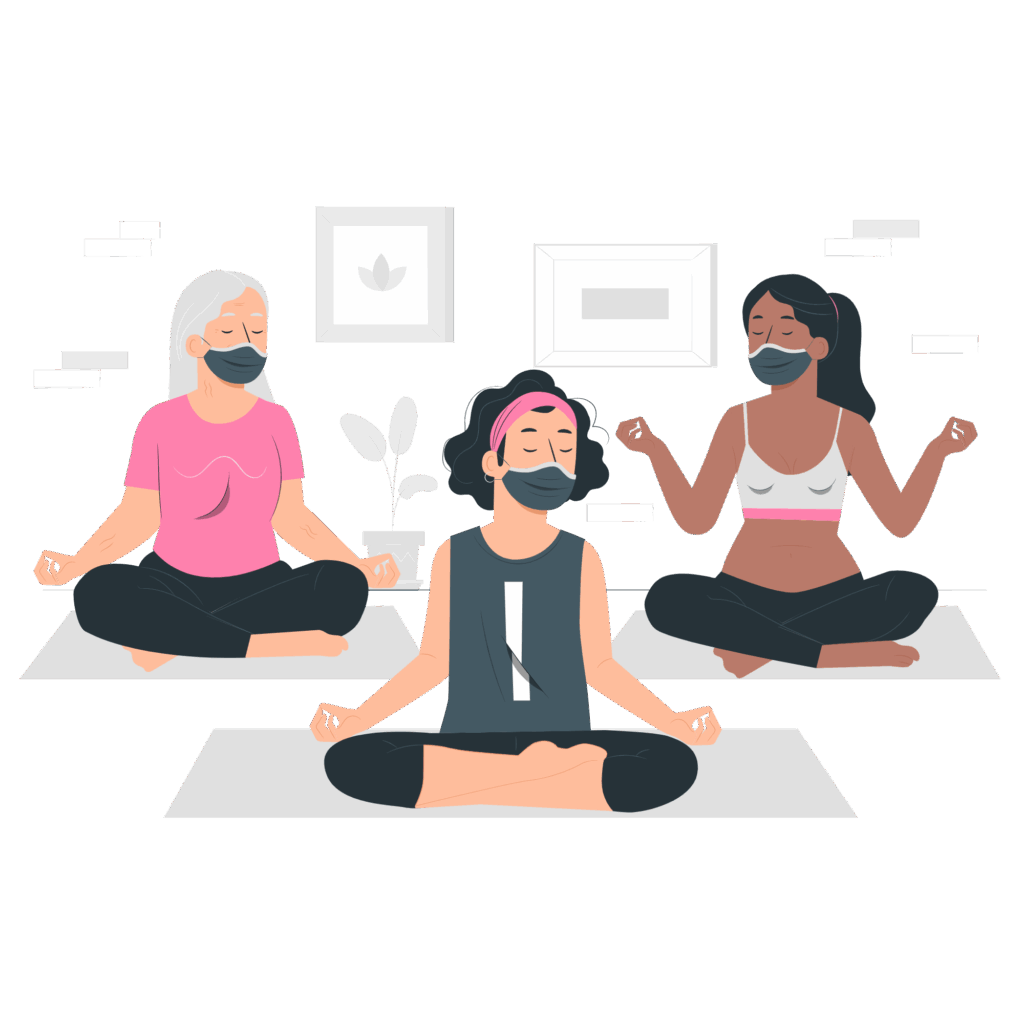Knee pain is a common issue that affects women across all ages—whether from sports injuries, arthritis, weight, or wear and tear over time. Yoga, when practiced mindfully, can be an excellent way to strengthen the muscles around the knee, improve flexibility, and reduce inflammation.
This article explores the best yoga poses for knee pain, safety precautions, and how to integrate yoga into your wellness routine for long-term relief.
What Causes Knee Pain in Women?
Knee pain can stem from various factors, including:
Osteoarthritis or rheumatoid arthritis
Overuse injuries (e.g., running or cycling)
Ligament or cartilage damage (e.g., ACL injuries)
Weak quadriceps or hamstrings
Poor posture or misalignment
Excess body weight increasing joint pressure
Regardless of the cause, one of the safest ways to promote healing is through low-impact, joint-supportive movement—like yoga.
How Yoga Helps with Knee Pain
Yoga offers several benefits for those dealing with chronic or occasional knee pain:
Improves joint flexibility
Gentle stretches increase the range of motion in the knees and surrounding muscles.Strengthens supporting muscles
Yoga builds strength in the quadriceps, hamstrings, and calves, which support and stabilize the knee joint.Encourages proper alignment
Certain poses improve posture and balance, reducing stress on the knees.Reduces inflammation
Mindful breathing and relaxation techniques can lower stress levels and support the body’s natural healing process.
Top 8 Safe Yoga Poses for Knee Pain Relief
These beginner-friendly poses are safe and therapeutic when performed correctly:
1. Mountain Pose (Tadasana)
Strengthens posture and improves knee alignment. Stand tall with feet hip-width apart, evenly distributing your weight.
2. Bridge Pose (Setu Bandhasana)
Engages the hamstrings and glutes, supporting the knees. Keep your knees aligned with your ankles as you lift your hips.
3. Legs Up the Wall (Viparita Karani)
A restorative pose that relieves pressure from the legs and knees. Supports circulation and lymphatic flow.
4. Supported Half Squat (Utkatasana Variation)
Builds strength in the thigh muscles. Use a wall or chair to reduce strain and avoid bending the knees too deeply.
5. Reclining Hand-to-Big-Toe Pose (Supta Padangusthasana)
Stretches the hamstrings without weight-bearing pressure on the knees. Use a yoga strap for support.
6. Cat-Cow Pose (Marjaryasana-Bitilasana)
Promotes spinal alignment and encourages gentle joint movement. Helps relieve stiffness in the lower body.
7. Child’s Pose (Balasana)
Releases tension in the lower back and knees. Use a blanket or bolster under the hips or knees for added support.
8. Bound Angle Pose (Baddha Konasana)
Opens the hips and inner thighs without pressuring the knees. Sit on a folded blanket for comfort.
Tips for Practicing Yoga with Knee Pain
To practice yoga safely when experiencing knee pain:
Avoid deep knee bends or postures that require kneeling on hard surfaces
Always use props (bolsters, blocks, folded blankets) to support your joints
Engage the thigh muscles to protect the knee in standing poses
Maintain proper alignment—especially of the knees, hips, and ankles
Focus on slow, mindful movement rather than intensity or speed
When to Avoid Certain Poses
Skip or modify poses like Full Lotus (Padmasana), Hero’s Pose (Virasana), or deep squats if they aggravate your pain. If your knee pain is caused by an injury or surgery, consult your doctor or physiotherapist before starting a yoga practice.
Integrating Yoga into Your Healing Routine
For best results:
Practice 3–4 times per week
Combine yoga with other low-impact exercises like swimming or walking
Focus on gradual progression—not pushing through pain
Pair yoga with anti-inflammatory nutrition and hydration
Yoga offers a safe, effective, and holistic approach to managing knee pain—especially for women seeking non-invasive relief. By focusing on gentle strengthening, mobility, and alignment, yoga can improve your overall joint health and quality of life.



